So, we’ve discussed how to harness the power of FREE! as a marketing tool. Free offerings are effective marketing tools, and their clarion call can be hard to ignore for business owners as well as customers. Further, samples, trials, and demos can be a great way to entice and convert prospects. If you’ve ever enjoyed the Costco sample buffet, only to find yourself checking out with $300 worth of frozen taquitos, you know the principles at work here. But when it comes to your business, it’s important to realize that a $0 price tag doesn’t always mean cost-free. Having waded my way through my fair share of freebies, I’ve come to see that free doesn’t always quite live up to its name. Look, it isn’t that there is no such thing as a free lunch, it is just that sometimes free isn’t so free.
Working as I do in the digital realm, many of my default assumptions – and probably yours, too – are that certain products and services should be free. Where I’d react with suspicion if I showed up at Target and was handed a free shirt, I full on expect a software service I am checking out to let me have a free taste before I start my subscription. Based partly on this mindset, and based partly on my natural inclination to seek out a bargain, when it came to starting my company, I sought out free services.
Free project management software? Check. Free conference calling? Check. Free cloud storage, even though it came with limitations? Check, checkity, check, check. Heck, we still use free products in the day to day operation of Spring Insight… We love you Slack!
The Costs of Free
So take it from me, a freebie veteran, when I tell you I’ve learned some things along the way. If you’re making the determination of whether to go with a free service, make sure you take into account some costs that might not be immediately apparent.
Cost #1 Your Time
Free services differ pretty dramatically, some (typically the “have a taste” version) are great, others not so much. There is one thing that all free versions have in common: Customer service… or actually a lack of customer service. Of course, you aren’t going to get friendly customer service with a product for which you aren’t paying. That means that when you are factoring the cost, you need to factor in your time. No one is going to train you on how to use the product. No one is going to give you pointers on best practices. You are on your own. It is tempting to forget the value of your time when determining the “cost” of a product but don’t. Every minute you spend figuring out a product is a minute you aren’t doing the job you actually started your company to do.
Cost #2 Tailoring
Free services are basic services. They are the off-the-rack, one-size-fits-all services designed to basically meet the needs of a broad swath of people – which means they actually meet the needs of almost no one. When we started shopping for my daughter’s bat mitzvah dress, a friend offered to let us have hers. It was a couple years old, not quite my daughter’s color, and it had sleeves, which wasn’t really what my daughter wanted. But because it was free, we took it gratefully and she wore it happily for one of the events. (If you’re not aware, the bat mitzvah industrial complex is beginning to rival that of weddings, and we were game to shave off costs where we could). The same principle is at work for digital services. WordPress, the service we use to create websites is a great example. It is open source and free… Yay! But for every client, we have to build it out to meet the needs of our client – very Not Free. When we looked into the cost of tailoring the friend’s dress to fit, it nearly matched the price of a brand new dress! Now we were in the worst of all worlds – a product we wouldn’t have chosen at the outset – for nearly the price.
Cost #3: Lost Revenues
Products that force you into a framework that doesn’t work for your business are a problem not just because they may not match your vision. A poor fit or lower quality product could result in real lost revenue. There’s a reason those basic free services are accompanied by a premium upgrade option. Providers start at the lowest possible level, enticing you to access pay levels by offering higher quality and features you probably want and need for your business at those levels. What’s beyond the pay wall? A wider range of services? The ability to segment your audience well? The possibility of really producing revenue?
Cost #4: You are a Billboard
A favorite quote of mine is that on the Internet “if you aren’t the customer, you are the product.” How do you pay? Much of the time, you pay by promoting the service you are using by showing their branding. A free Wix or Weebly website isn’t just promoting your brand, it is promoting theirs as well. Free conference calls are great, but can be sometimes wonky, and the fact they’re free is announced at the start of every call. I was in a coffee shop recently where ads came on over the Pandora station. My first thought was, really? It wasn’t worth $5 a month to create a seamless, ad-free listening experience? (Is that a first world problem? Yep. Are those kinds of problems the kinds your customers are in tune with? Probably). In other words, these free services aren’t just forcing you to do their advertising for them: The freeness of these ads may telegraph something to your customers — about how you feel about quality control, user experience, or even your finances, which you don’t necessarily want to telegraph.
Cost #5: Gotcha Charges
My absolute least favorite cost out there is, unfortunately, coupled with my favorite way to take advantage of free services. I’m a big proponent of free trials. They make a meaningful introduction to your products and services, making it likely your customers can choose the best fit for them. What I really don’t like about a lot of free trials is the gotcha ding if you fail to cancel a free trial it in time. So many services offer free trials for potential customers – but these trials require your credit card info, and a paid subscription kicks in automatically if you fail to cancel your trial period in the time and in the manner prescribed. The automatic subscriptions that result if you don’t cancel remind me of that Up high! Down low! You’re too slow (ha ha ha) high five game kids play at recess. It’s all fun and games until you forget to cancel and end up feeling like a fool. I despise these gotcha fees, and find myself beginning to distrust the companies that rely on them. Even the most scrupulous of business owner may miss a deadline, especially when they’re in the market for new services and have lots going on. Be sure to factor in, up front, the costs if you do. And calendar exactly when and how to cancel any trials you do use!
Cost #5 Transaction Costs
Then there’re the transaction costs that come with free. These are no trifling matter. If you’re doing the trial period musical chairs thing, you’ve got to actually monitor when services end, cancel old ones, sign up for new ones, and occasionally jump through hoops to do either. For example, many services allow you to enroll in services via email, but you have to make a phone call to unsubscribe – during business hours, of course. If you’re trying to cobble together a bunch of free services into a smoothly operating machine instead of paying someone to build a customized offering or to manage your services for you, you’re spending time on that which you could be spending on your business. All of this time, to beat some poor horse here, is NOT free. More than that, it takes mental energy and adds a source of stress. It adds another set of balls to those you’re juggling, and you’re already juggling quite a few balls.
The Upshot
None of this is to discourage freebies entirely. Free services are a benefit of the golden age of the internet, and many are a great addition to your technology plan. Spring Insight still uses Slack (which I mentioned above) and freeconferencecall.com, and I find it works well and doesn’t alienate any of my colleagues. I also make use of free trials – but for their best and intended purpose – to test drive a product. As it happens, I’m in the process of making over some of Spring Insight’s web tools right now (stay tuned!), and have been using free trials to winnow down my options. (And I find it quite fun!) But not everything “free” price-wise is costless. When you’re calculating your monthly budget, be sure to factor in the ancillary costs that may come from leveraging free services.


 Natasha Flora, director of operations at the software company Figure 1, said people were preparing for a Canadian move even before Trump won in November.
Natasha Flora, director of operations at the software company Figure 1, said people were preparing for a Canadian move even before Trump won in November.

/https%3A%2F%2Fblueprint-api-production.s3.amazonaws.com%2Fuploads%2Fcard%2Fimage%2F574026%2F0d59adab-2e2b-4b83-bf65-bfbd660531ad.jpg)














































 1. The top of the funnel
1. The top of the funnel 3. The bottom of the funnel
3. The bottom of the funnel












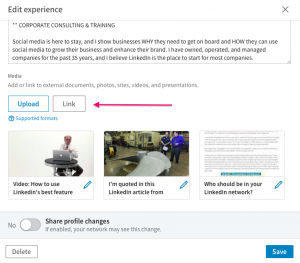
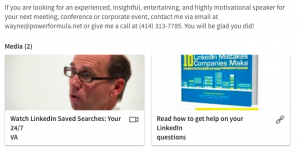
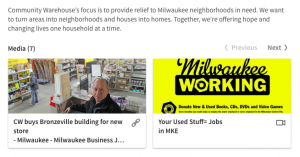















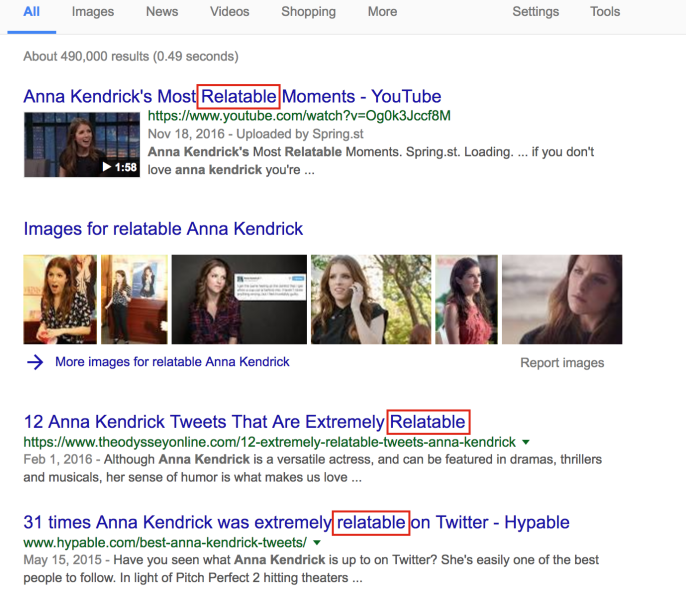
 About the Author
About the Author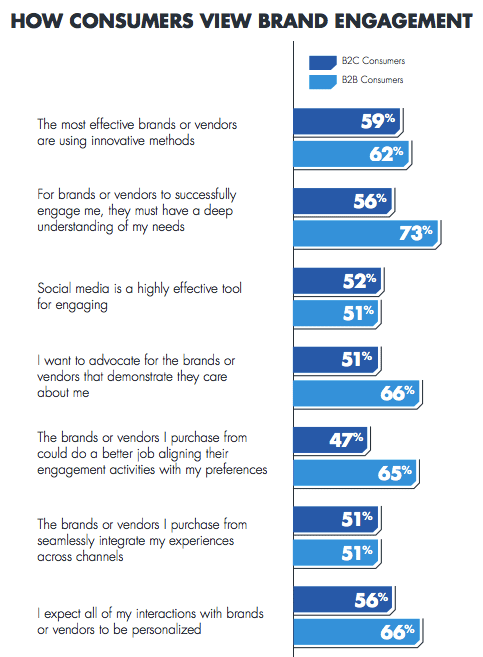
 One of the most common misconceptions about money is that income is the biggest driver of wealth.
One of the most common misconceptions about money is that income is the biggest driver of wealth. 